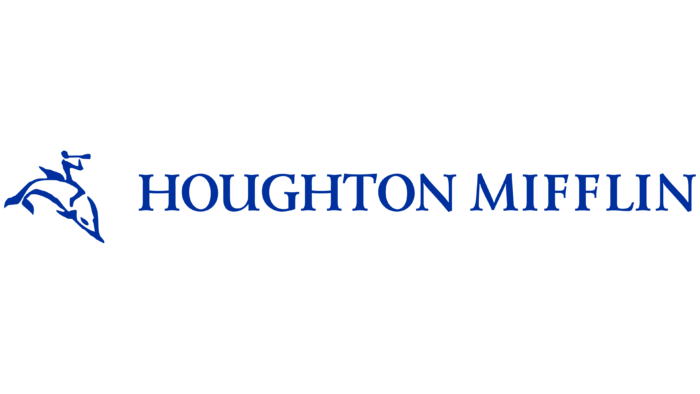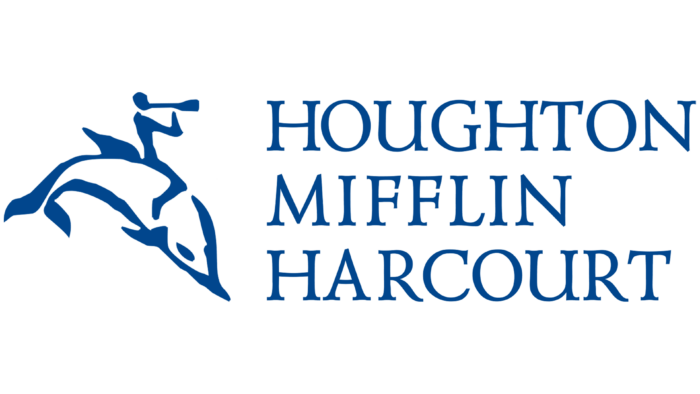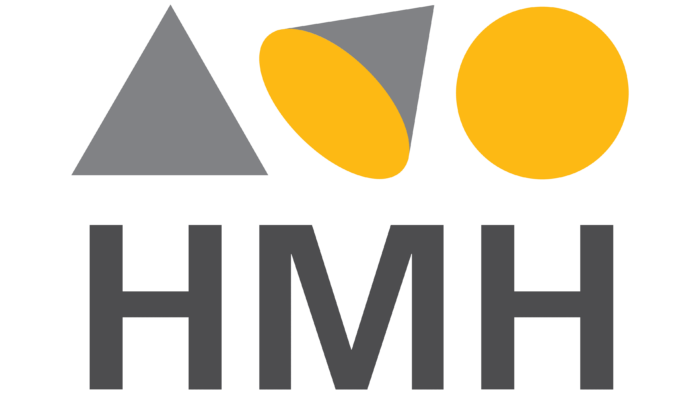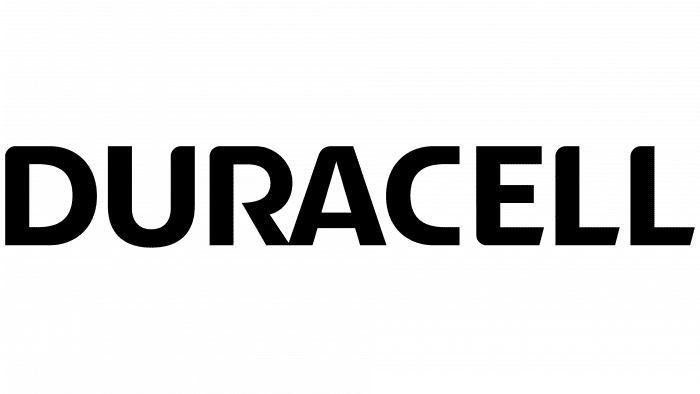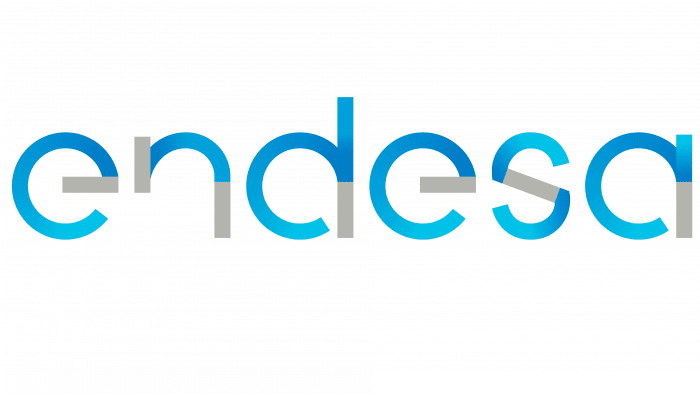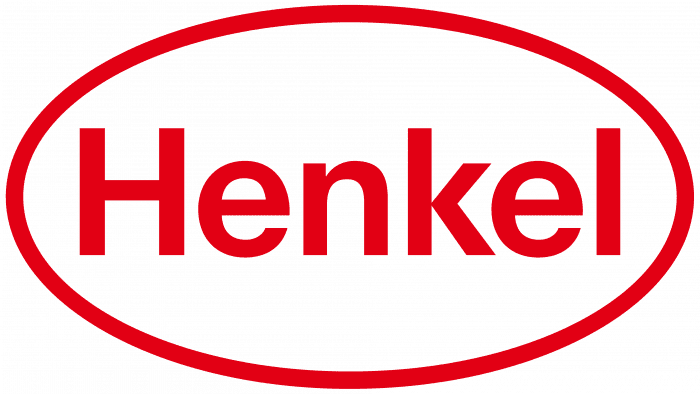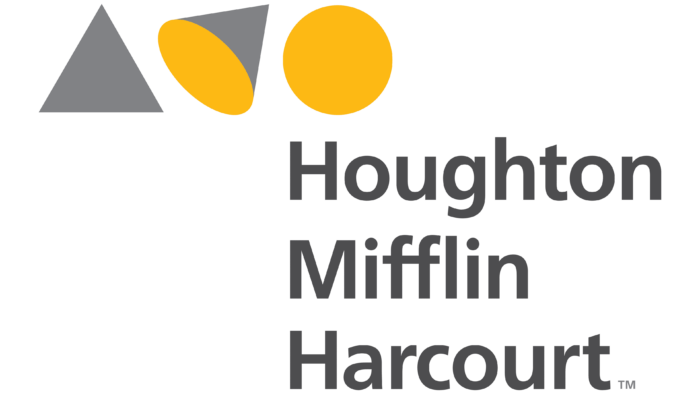 Houghton Mifflin Harcourt Logo PNG
Houghton Mifflin Harcourt Logo PNG
The geometric precision logo of Houghton Mifflin Harcourt reflects this publishing company’s connection to educational literature. The symbol focuses on science, which readers can explore comprehensively to gain new knowledge and insights into the world around them.
Houghton Mifflin Harcourt: Brand overview
| Founded: | 1832 |
| Headquarters: | Boston, Massachusetts, United States[ |
| Website: | hmhco.com |
Meaning and History
In general, we can say that the company specializes in education. This is evidenced by the unspoken slogan “inspire curiosity.” For all time, three versions of the logo were presented, and therefore the brand’s visual recognition is at a high level. Moreover, the first two options were as similar as possible to each other, and only the redesign of 2012 led to new specifics.
What is Houghton Mifflin Harcourt?
It is one of the largest publishing companies in the US. Every year, the number of published copies of scientific, technical, and educational literature reaches billions.
Before 2007
The initial version of the logo is a verbal inscription and an emblem located on the left. The blue and white color palette look progressive and harmonious, attracting the attention of potential customers. The brand name is made using an elegant serif typeface with thin lines in the letters. The inscription consists exclusively of capital letters. Instead of a three-letter name, only “Houghton Mifflin” is presented. In turn, the emblem is an image of a white dolphin with a blue outline and a person at the top who plays a musical instrument.
2007 – 2012
The first redesign took place in 2007. The emblem remained identical to the original version, but it became larger, with thicker lines in the outlines. The verbal inscription was now in three lines since the word “Harcourt” was added. The font remained identical but with a barely noticeable increase in the width of characters. Also, a darker shade of blue has been used.
2012 – today
The most recent redesign to date has significantly changed the logo. Now it is located on four levels. The emblem was on the top. It consisted of three geometric figures that were located on the same line: a circle, a triangle, and a cone. Thus, the company pointed out that analyzing the same subject from different angles can give others new information.
The verbal inscription also succumbed to changes. The traditional bold sans-serif font was used. It should be noted that only the initial letters remained in capital letters. As a result, the brand name looks concise and simple but simultaneously gives the logo professionalism and authority.
The basis of the logo is gray and dark yellow. The chosen color palette is associated by many with creativity, reliability, and imagination.
Font and Colors
The basis of the logo is a classic elegant sans-serif typeface. The wordmark is easy to read on any surface and adds confidence to the brand. Moreover, lowercase letters have been used after the redesign, which adds friendliness and simplicity.
The company used the white and blue color palette for a long time but was eventually changed to yellow and gray. The latter option looks more modern and abstract and therefore attracts the attention of potential customers. Thus, by adding a new range of colors, the company breathed a second life into its offspring.
Houghton Mifflin Harcourt color codes
| Selective Yellow | Hex color: | #fdb914 |
|---|---|---|
| RGB: | 253 185 20 | |
| CMYK: | 0 27 92 1 | |
| Pantone: | PMS 7549 C |
| Neon Gray | Hex color: | #818285 |
|---|---|---|
| RGB: | 129 130 133 | |
| CMYK: | 3 2 0 48 | |
| Pantone: | PMS Cool Gray 8 C |
| Davy’s Gray | Hex color: | #4d4d4f |
|---|---|---|
| RGB: | 77 77 79 | |
| CMYK: | 3 3 0 69 | |
| Pantone: | PMS 7540 C |

